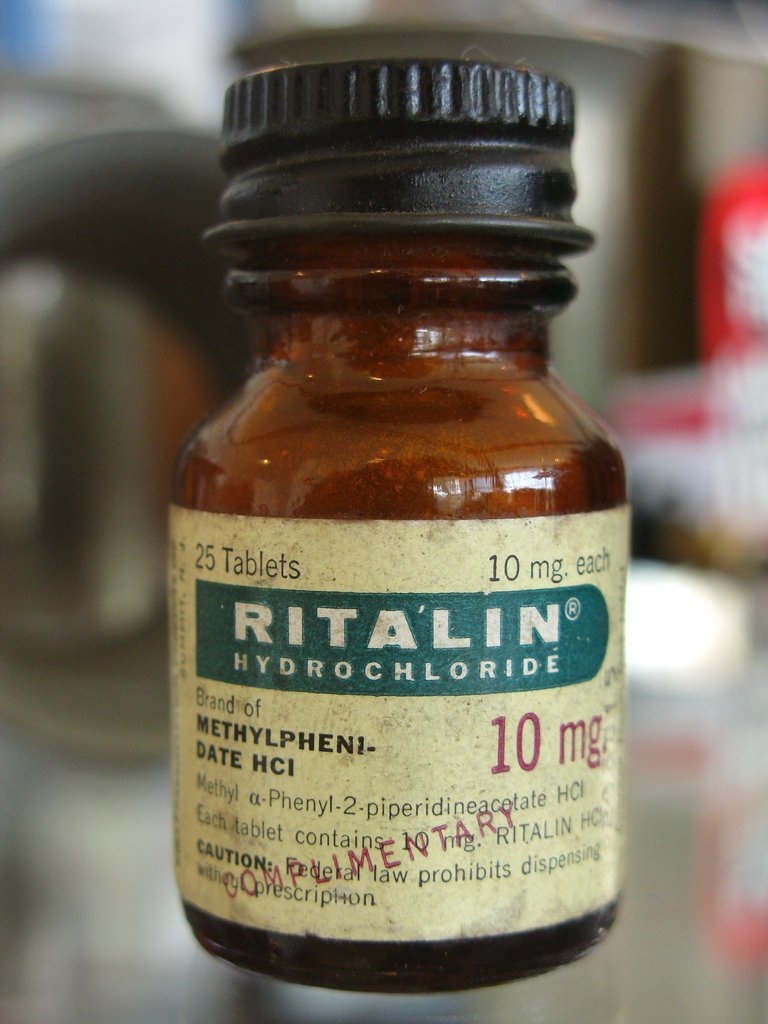This is the story of the video format wars. Roll VT...
Home video use was a different matter...
What followed was a lesson in how hard it is to give the public what they want when they don't really know what they want yet...
Digital killed the analogue star...
More stories another time...




































